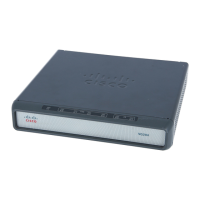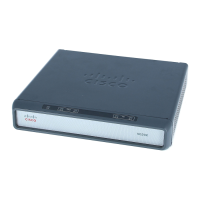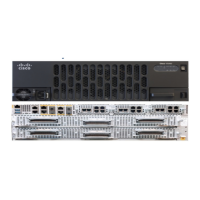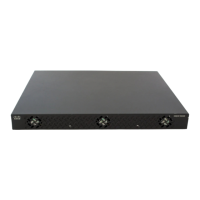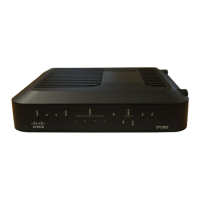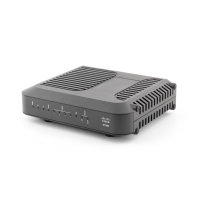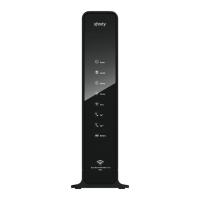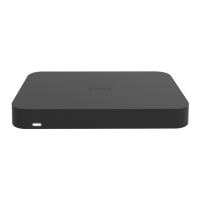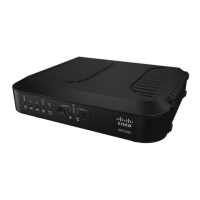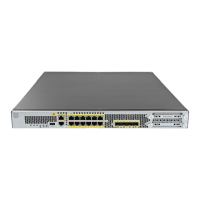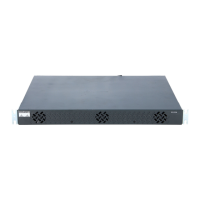RADIUS-Based Policing
How to Configure RADIUS-Based Policing
8
Configuring a Hierarchical QoS Parent Policy with Policing
Use the following procedure to configure a hierarchical QoS Parent policy with policing.
SUMMARY STEPS
1. enable
2. configure terminal
3. policy-map policy-map-name
4. class class-default
5. shape average mean-rate [[burst-size] [excess-burst-size]] [account {qinq | dot1q | user-defined
offset} aal5 subscriber-encap]
6. service-policy policy-map-name
7. exit
DETAILED STEPS
Step 7
exit
Example:
Router(config-pmap-c)# exit
Exits policy-map class configuration mode.
Note Repeat steps 1 through 5 for each child policy map
you want to create, or repeat steps 2 through 5 for
each traffic class you want to define in each policy
map. Specify either the shape command or the
police command for a traffic class, but not both
commands for the same class. You may also specify
other commands for each traffic class such as the
priority, set precedence, and random-detect
commands. For more information on the commands
you can specify for a traffic class, see the
Cisco 10000 Series Router Quality of Service
Configuration Guide.
Command Purpose
Command Purpose
Step 1
enable
Example:
Router> enable
Enables privileged EXEC mode.
• Enter your password if prompted.
Step 2
configure terminal
Example:
Router# configure terminal
Enters global configuration mode.
Step 3
policy-map policy-map-name
Example:
Router(config-pmap)# policy-map parent
Creates or modifies a policy map.
• policy-map-name is the name of the policy map.

